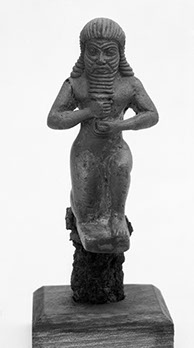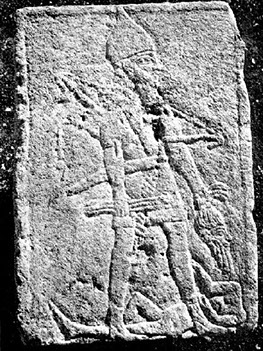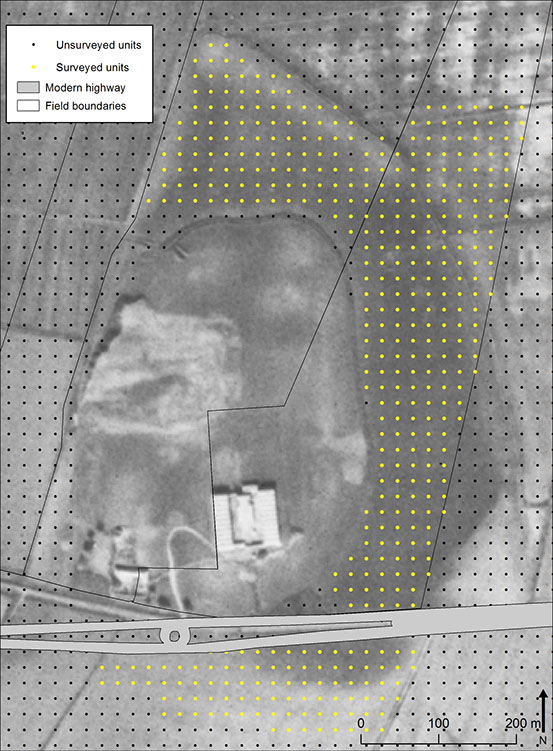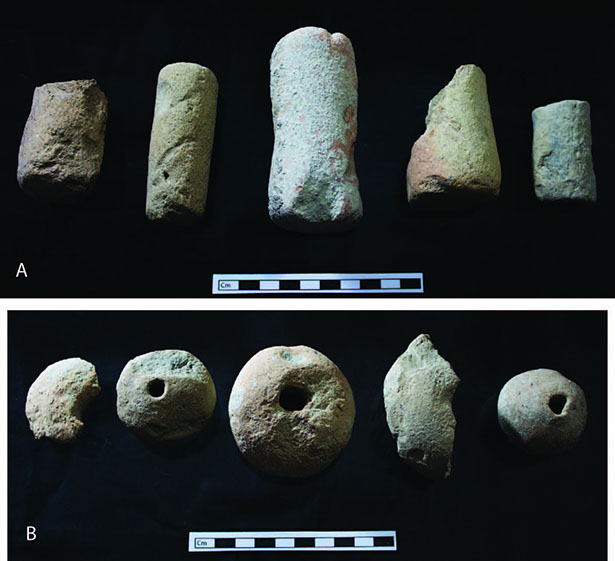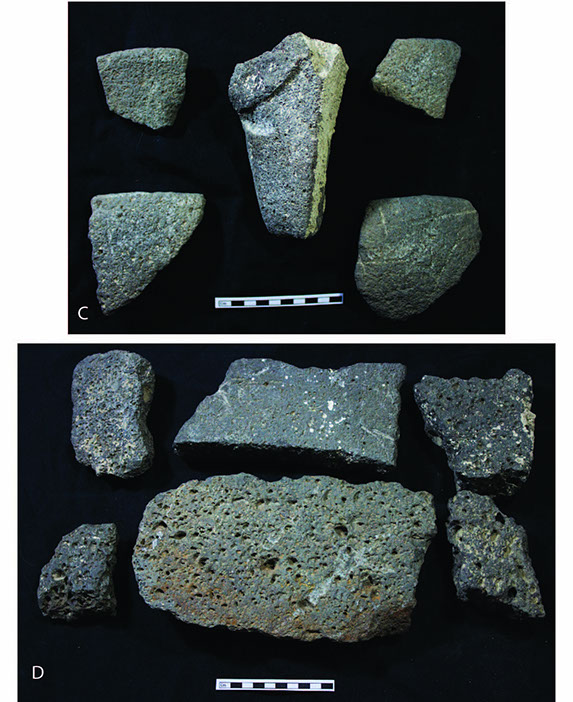Tell Tayinat Lower Town Project (TLTP)
Project Director: James Osborne Oriental Institute, University of Chicago
“I settled 5,400 captives of the city Der in the cities Kunulua, Tae, Kulmadara, and Irgillu, cities of the land of Unqi.”
Tiglath-pileser III, 738 BCE
So concludes a passage by Tiglath-pileser III (r. 745-727 BCE), the most aggressive campaigner of the expansionist Neo-Assyrian Empire, in which he describes his conquest of the kingdom of Unqi. The residents of Unqi's cities fared no better than the citizens of Der, as Tiglath-pileser's annals indicate:
"In my fury I captured the city Kunulua, Tutammu's royal city. I counted his people, together with their possessions as if they were sheep and goats. I reorganized the city Kunulua and placed eunuchs of mine as provincial governors over them."
In 2014, the Tayinat Lower Town Project (TLTP) was begun to explore deportation and forced resettlement through an archaeological lens, complementing the grand scale provided by the texts with an appreciation for the social consequences of imperial subjugation in daily life as indexed in the archaeological record. Shifting demographics and changing social and economic life can be explored archaeologically to test the basic question of whether, and in what ways, forced migration and concomitant cultural contact is articulated on the ground.
The Tayinat Lower Town Project (TLTP) evaluates Kunulua’s large and mostly unexplored lower city, shifting the archaeological gaze from Kunulua’s wealthiest and most powerful citizens to the regular individuals who comprised the majority of the city’s population. It is to this quarter of the ancient city that those captives from Der would have been settled, and it is likely from this neighborhood that the original local inhabitants were deported. In other words, the lower town at Tayinat presents us with a unique opportunity to explore the forced migration archaeologically at a historically identified site that we know to have experienced deportation and repopulation.
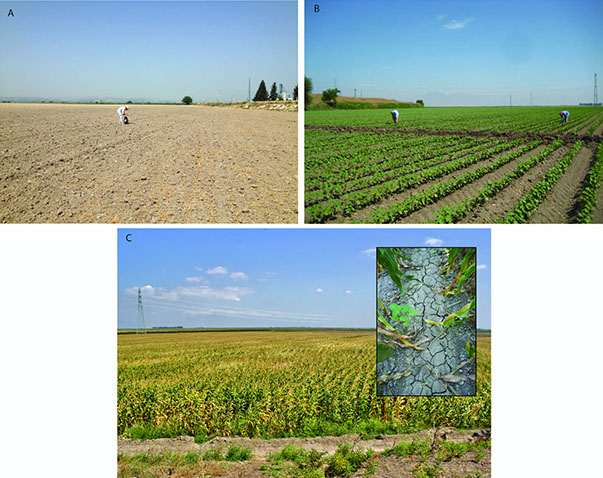
This deportation and resettlement of the city of Kunulua is merely one episode of hundreds just like it, all part of the Neo-Assyrian Empire’s policy of forced migration that they undertook to increase their hegemony over conquered territories and to provide labor to their own cities. According to Assyrian records, 1,210,000 individuals were uprooted from their homes and deported in a systematic policy of forced migration across the Middle East. Extrapolating from texts that do not provide figures, the total is over four million (Oded 1979). Although these numbers are surely exaggerated, the scale of the undertaking places it with the largest modern cases of displaced persons—the UN reports that the ongoing conflict in Syria has so far created 4.8 million refugees, for example—yet its impact on the structure of ancient Near Eastern society remains largely unexplored.
